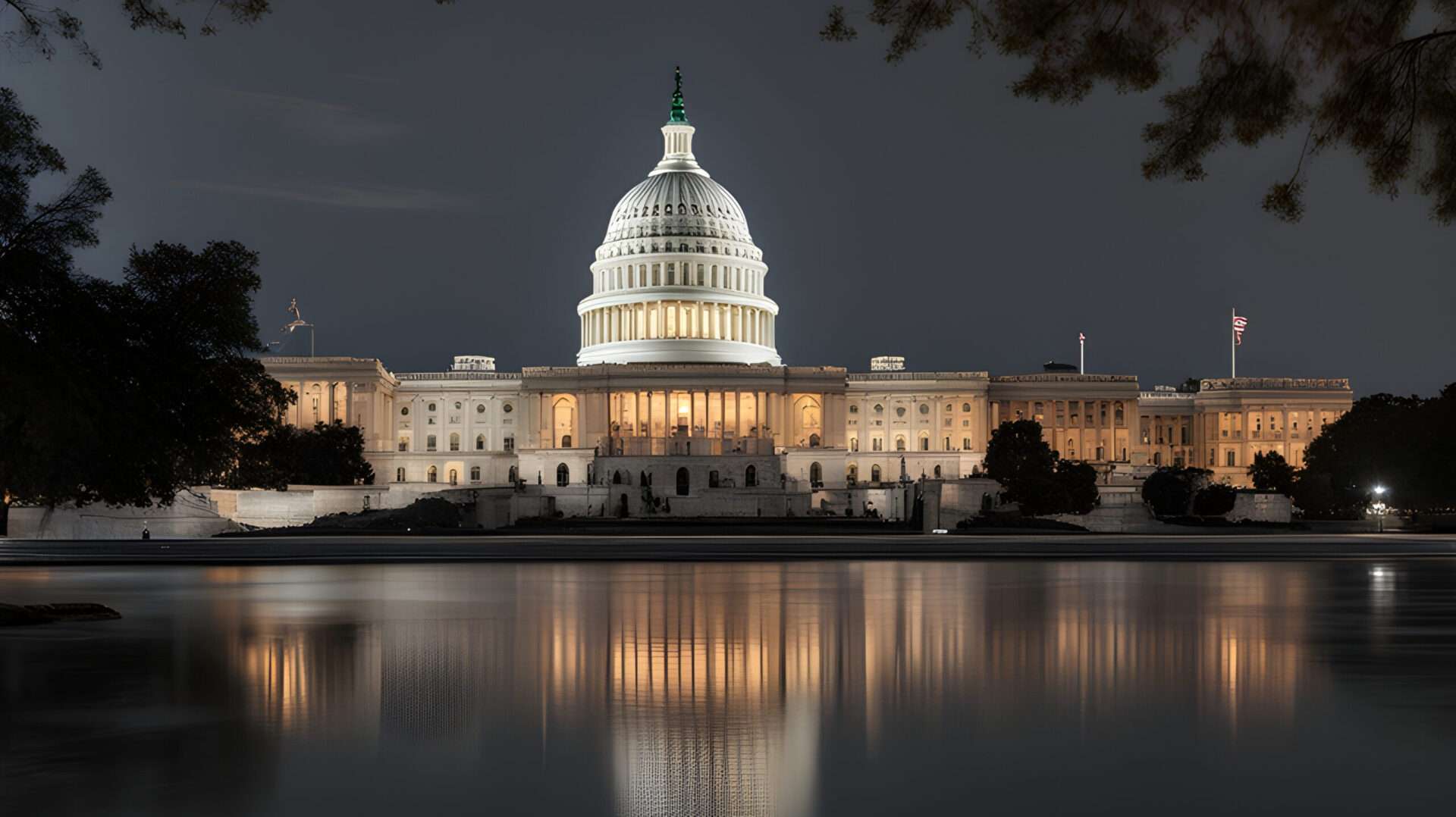Note: Political Awareness’s published communication is never authorized by any candidate or their committees.
A Presidential Backup Plan: The 25th Amendment’s Plan to Keep the Government Running
When our President is no longer capable of leading the United States, what happens next? That question had remained unanswered for around the first 200 years of the United States’ existence. Though the urgency of solving this problem wasn’t a priority for Congress, it became important to answer after the assassination of President John F. Kennedy in 1963. Though the vice president took over, the Constitution wasn’t clear on what happens when a president dies, resigns, or becomes unable to perform their duties.
Ratified in 1967, this amendment lays out a much-needed modern, detailed plan for presidential succession and the temporary transfer of power. The Amendment’s goal isn’t just about replacing a president in the worst-case scenario, but it’s about protecting the stability of American democracy at all times.
Why the 25th Amendment Was Needed
Before the 25th Amendment, the Constitution, while vaguely having an idea of what happens after the president died, was very unclear on the specific procedures. It said that when the president died, the vice president would take over. However, it didn’t say what would happen if the president was still alive but couldn’t do the job. What if they were in a coma? What if they were physically or mentally incapacitated but hadn’t died or resigned? It also didn’t address what would happen if the Vice President died while in office. Who would replace them?
The assassination of Kennedy, along with earlier health issues involving Presidents like Woodrow Wilson and Dwight Eisenhower, highlighted the urgency and lack of clarity a presidential health situation could become. The 25th Amendment was designed to bring clarity, order, and stability.
What the 25th Amendment Says
The amendment has four key sections:
- Section 1: If the President dies or resigns, the Vice President becomes President.
- Section 2: If the Vice Presidency becomes vacant, the President nominates someone who must be confirmed by a majority of both the House and Senate.
- Section 3: The President can temporarily transfer power to the Vice President (for example, during surgery) by submitting a written declaration.
- Section 4: If the President is unable, or unwilling to declare themselves unfit, the Vice President and a majority of the executive Cabinet can step in and temporarily take over. If Congress then agrees the president is unfit for office, the Vice President takes over permanently.
Why It Matters
The 25th Amendment ensures that someone is always ready to lead as President. It’s been used in both moments of calm and moments of crisis. It has been used when presidents have routine medical procedures, such as when Ronald Reagan had surgery, or when George W. Bush had a colonoscopy. In these instances, power was briefly transferred to the Vice President under Section 3.
Section 4, which is more dramatic, has never been used. However, it’s been discussed during times when a president’s behavior or health has raised serious concerns.
Why It Still Matters Today
The 25th Amendment protects the United States from uncertainty. In the age of fast-moving events, it guarantees a clear and specific plan is in place. Nobody argues that a smooth transfer of leadership is important. Whether it’s a heart attack, a resignation, or a national emergency, the amendment ensures this.
In modern debates, especially after political crises or presidential health scares, many Americans look to the 25th Amendment for guidance.
Conclusion: A Steady Hand in Unsteady Times
The 25th Amendment is one of the most practical and forward-thinking parts of the Constitution. Our government should be prepared for anything, especially the unexpected. The 25th Amendment does just that. It sets clear rules for succession and temporary transfer of power, which keeps the gears of democracy turning, no matter what happens.

Leave a Reply